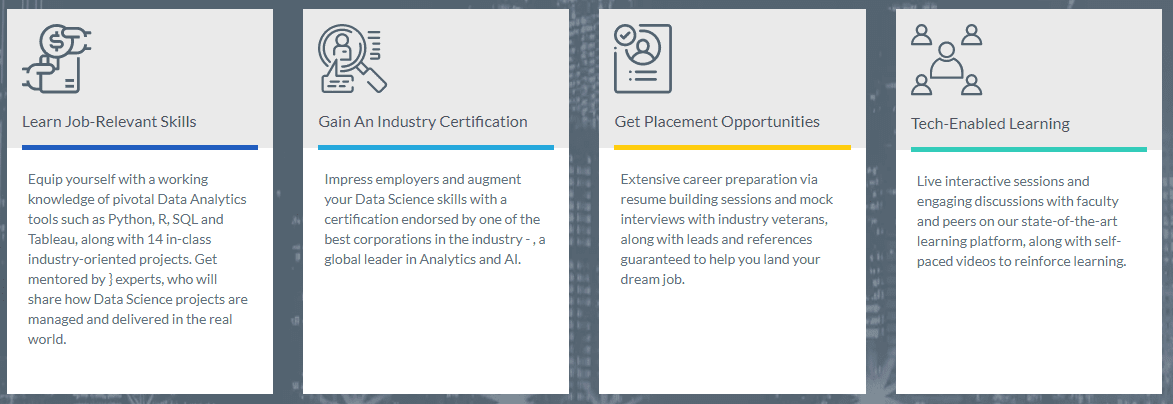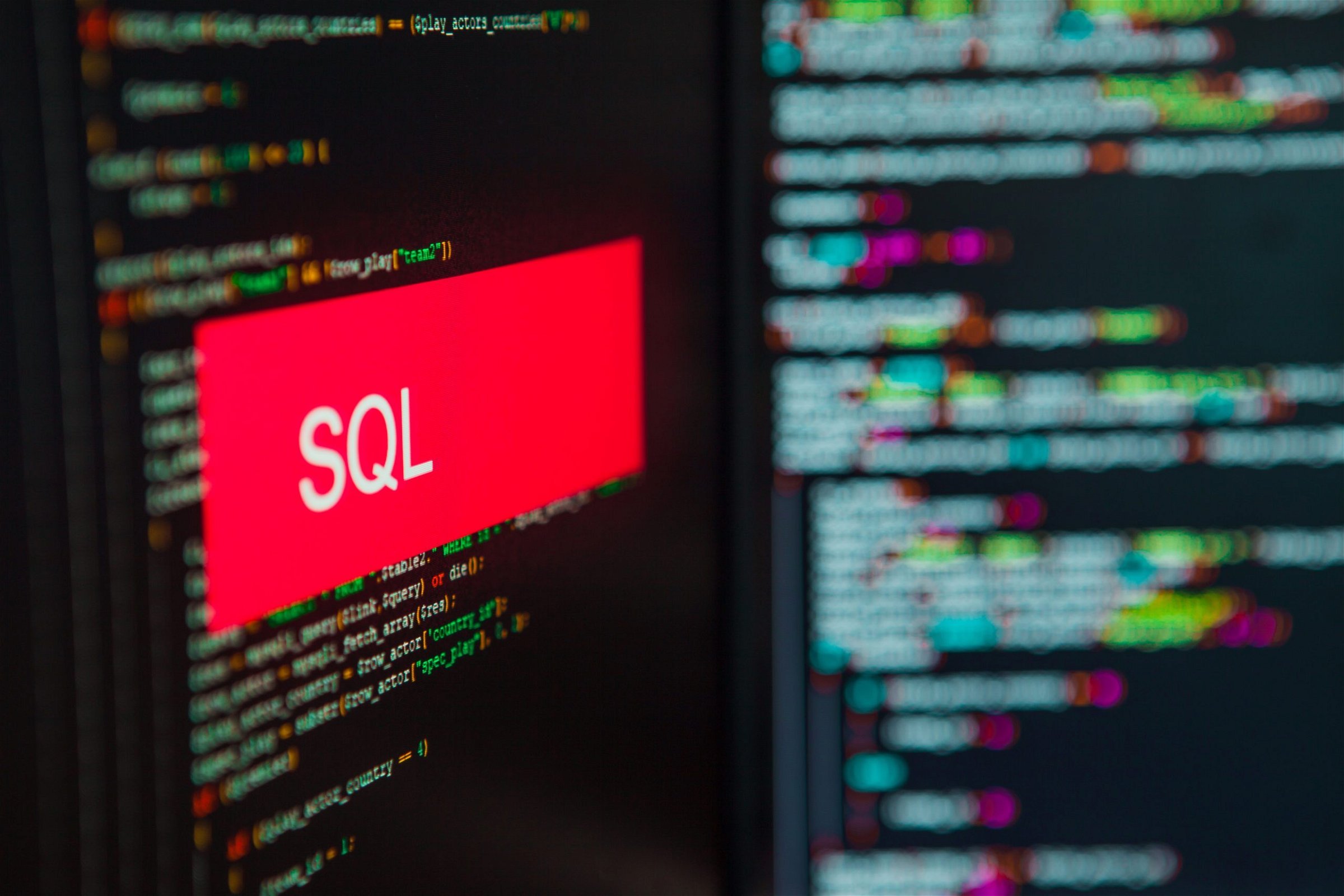Why Should Engineers Learn Data Science Differently?
Data science and engineers have a lot in common. They both need to know how to collect, store, analyse and visualize data. Engineers are taught these skills as part of their curriculum; however, they may not learn them as they would if they were learning Data Science from the start. The following is an overview of why engineers should learn Data Science differently than other disciplines.
A blog post intro paragraph engages professionals about why engineers should learn data science differs from other disciplines. Engineers are taught these skills as part of their curriculum but may not understand them simultaneously or efficiently without exposure to them earlier in life.
Why is Data Science important for Engineers?
Engineers always like to think about their work in processes and systems, also known as Systems Thinking. It is what enables them to build more efficient products by efficiently running those processes. By thinking of the world in this way, engineers can quickly solve data-related problems because they see all sides of an issue that deals with data.
It’s important to remember that engineering can be applied in any industry, including Data Science. As a data scientist, it’s often necessary to run specific processes and analyze the results. Engineers excel as they can take these processes and incorporate them into the current system that the company may already have set up, saving time and money in some cases.
Benefits of Learning Data Science for engineers.
Therefore it is necessary to run specific processes and analyze results where engineers excel in taking these processes and incorporating them into current systems that a company may already have set up.
Learning Data Science is important because of the benefits that engineers will gain. Engineers overall will be able to learn more efficiently about their field and how it fits into the bigger picture. By taking this information, they will be able to make smarter decisions in data-related situations.
Engineers should learn Data Science differently from other disciplines because it will make them understand better and more thoughtful about their field and how it fits into the bigger picture, enabling them to make smarter decisions in data-related situations.
Why Enrol in the Data Science program at Imarticus learning
Industry specialists created this postgraduate program to help students understand real-world Data Science applications from the ground up and build robust models to deliver business insights and predictions. The Data Science program is for recent graduates and early-career professionals (with 0-5 years of experience) who want to pursue Data Science and Analytics, one of the most in-demand fields.
Twenty-five in-class real-world projects and case studies from industry partners will help students become masters in data scientist careers. Exams, hackathons, capstone projects, and practice interviews will help students prepare for placements.
Some course USP:
- The course lets the students learn job-relevant skills that prepare them for an exciting Data Scientist career.
- Impress employers & showcase skills with a certification endorsed by India’s most prestigious academic collaborations.
- World-Class Academic Professors to learn from through live online sessions and discussions. It will help students understand the practical implementation of real industry projects and assignments.
Contact us through the live chat support system or schedule a visit to training centers in Mumbai, Thane, Pune, Chennai, Bengaluru, Hyderabad, Delhi, and Gurgaon.



 Industry specialists together created the Imarticus postgraduate
Industry specialists together created the Imarticus postgraduate 


 Having a good grip on the subject matter will give you an edge over other candidates.
Having a good grip on the subject matter will give you an edge over other candidates. 

 An imbalanced dataset is a typical example of unbalanced data. Let us see how to use the Near-Miss Algorithm for imbalanced datasets.
An imbalanced dataset is a typical example of unbalanced data. Let us see how to use the Near-Miss Algorithm for imbalanced datasets.